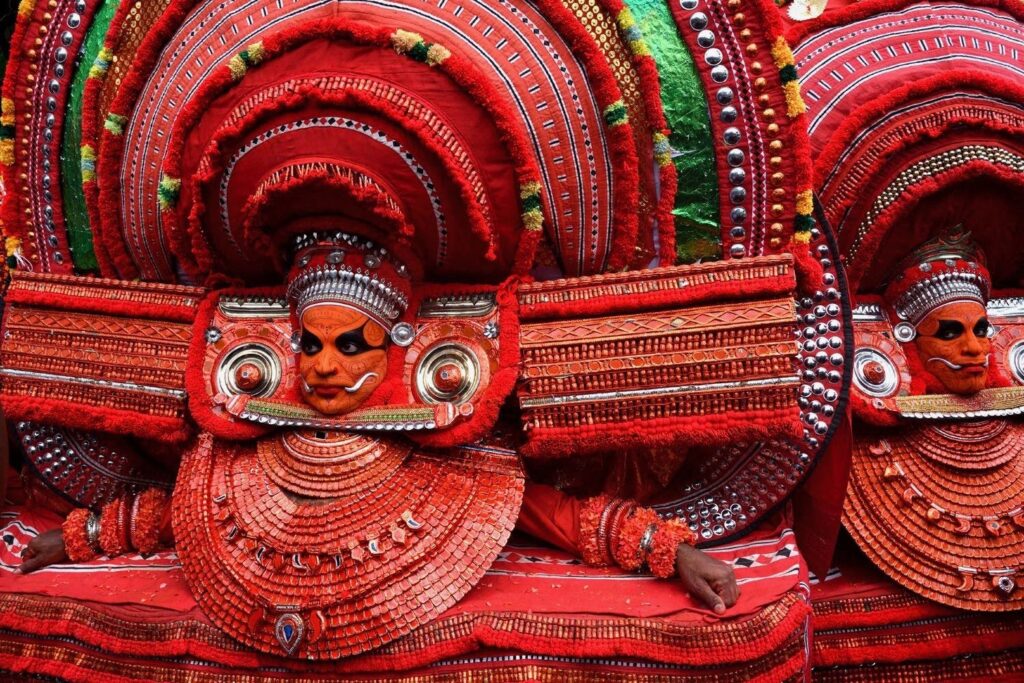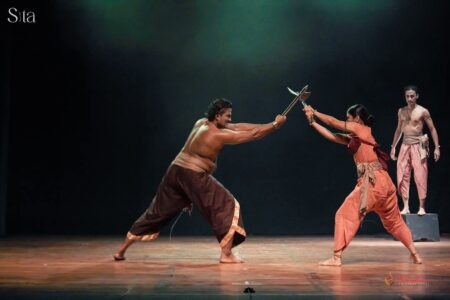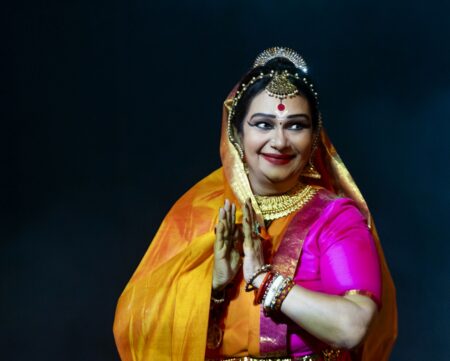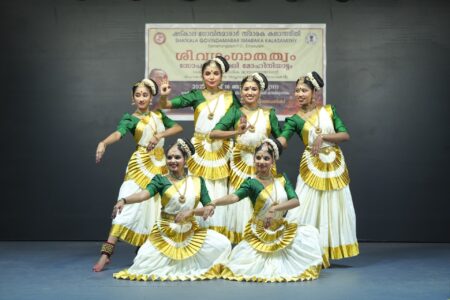How Guru Nirmala Paniker is tirelessly working to revive the desi repertoire of Mohiniyattam, one item at a time.
Ibegan my research in Mohiniyattam when the dance form was slowly emerging and finding its place in the traditional art scene of Kerala in the early to mid-1960s. During this period, a repertoire of Mohiniyattam was being created in Kerala Kalamandalam. Like the other performing art forms like the Carnatic music and Bharatanatyam concerts, Mohiniyattam, too, adopted the Kacheri format. We have also discussed how the infusion of Carnatic music and other paraphernalia of Bharathanatyam into Mohiniyattam may have occurred during Swati Tirunal’s period. Carnatic composers and Nattuvanars including the Tanjore Quartet spent many years in Swati Tirunal’s court and Swati Tirunal’s contributions to Mohiniyattam had their influence too.

The social stigma
Not much is recorded in literature about the Mohiniyattam repertoire before the times of Swati Tirunal. It is known that some dance pieces such as Mukkuthi and Kurathi were performed by Mohiniyattam dancers in northern parts of Kerala where the influence of the repertoire from Travancore was limited. Moreover, there was significant social stigma attached to these performances as the circumstances of these performers with the patronage of feudal landlords did not meet the moral standards set by the evolving society of the early 20th century.
For these reasons, dance items such as Poli, Esal, Chandanam, Mukkuthi and Kurathi were intentionally removed from the repertoire by Vallathol in the early phase of Mohiniyattam revival. Later the revival of the dance form in the 1960s by Chinnammuamma and Prof Sathyabhama relied largely on the legacy left behind from the Swati Thirunal days and adopted a repertoire that comprised Cholkkettu, Jathi Swaram, Varnam, Padam and Thillana similar to the Bharathanatyam concert format.
However, the pieces removed by Vallathol in the first stage of reviving Mohiniyattam probably contained deep-rooted cultural and folk elements of Kerala relating to the goddess worship. This form of worship and folk elements could be observed even today in other art forms like Theyyam and Mudiyettu.
My intention here is to dive deeper into the possibilities of reviving these indigenous formats of Mohiniyattam along with exploring other female dance traditions such as Nangiarkoothu and Thiruvathira Kali of Kerala.
The link to Kerala’s folk forms
The idea is to go back to the roots and bring back the lustre of desi Mohiniyattam. For instance, dances such as Poli, Chandanam, Mukkuthi are closely connected with the ritualistic traditions, folklore, history and culture of Kerala. In Chandanam, the dancer enters the stage with a bowl full of sandalwood paste and offers it to the audience at the end of the performance. The tradition of offering Chandanam/Prasadam by the performer to the spectators is a practice still followed in ritualistic performances like Mudiyettu and Theyyam of Kerala that have connections with the tradition of mother goddess worship. I would argue that Mohiniyattam would have had similar origins in mother goddess worship and the Chandanam dance could have been part of a traditional repertoire in the distant past.
Here I would like to describe each of the lost dance forms, which I am trying to revive. Esal literally means debate and involves two Kurathi characters. We discovered in our previous article how ‘Esal’ dance comprises arguments between Lakshmi and Parvathi mocking each other’s husbands. Such stories portray our gods with real human emotions, which everyone can relate to. Perhaps these stories are also an outcome of the conflicts between Saiva and Vaishnava sects in the past.

Poli is an invocation dance piece and hails Goddess Parvathy seeking her blessings for the whole world. It is similar in its craft to Cholkkettu, which is also an invocative dance usually performed in the beginning of a Mohiniyattam concert. The dancer prays to the Goddess that prosperity be showered upon all her devotees on the earth, the heaven and the underworld.
Kurathi has deeper connection to the folklore of Kerala. Kurathi appears as a foreteller with magical powers. She is also a storyteller constantly traveling from one land to another. The character of Kurathi is familiar to us from our daily lives until recent decades and should have been the subject of Kurathi in Mohiniyattam and Bharathanatyam and reminds us of the organic origins of these classical styles.
The Mukkuthi (literally meaning the nosepiece) dance also portrays an ordinary woman. She appears searching for her most valuable nosepiece decorated with a diamond in the beginning of the dance. However, the focussed search makes her realise that the real quest in life is within oneself for Moksha or self-realization. This resonates very well with our spiritual tradition. Most often our Bhakti is attached to the material needs. But as one gets spiritually elevated, our bhakti gets slowly deviated from material needs to the quest for self-realisation.
(Assisted by Sreekanth Janardhanan)
Click here for more on the series
Write to us at [email protected]




